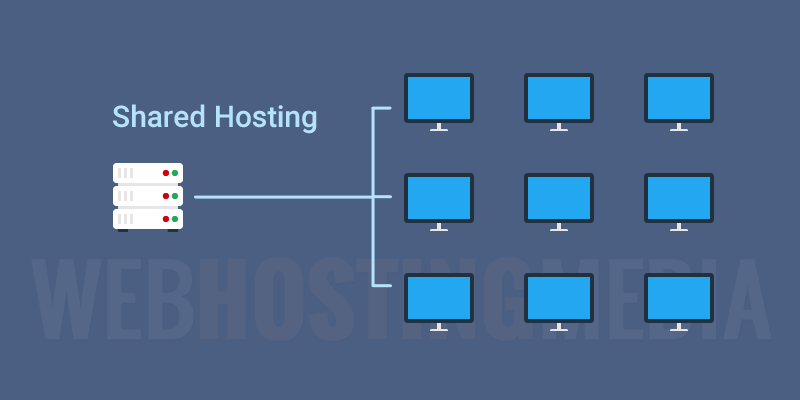Are you embarking on your web hosting journey? When it comes to Hostinger, you’ll encounter two primary options: Shared Hosting and VPS Hosting. Deciding between them can be challenging, as each caters to distinct requirements. Fear not! This in-depth guide, enriched with expert evaluations and cutting-edge data, will illuminate the key differences and Hostinger help you select the perfect solution for your website.
Shared Hosting: A Cost-Effective Springboard for Beginners

Ideal for:
-
- Personal websites or blogs with moderate traffic
- Small businesses starting out online
- Individuals comfortable with basic website management
Benefits:
-
- Unbeatable affordability: Shared plans, like Hostinger’s Single Shared Hosting, start at only $1.99/month, making them ideal for budget-conscious users.
- Simplicity and ease of use: Shared hosting is often pre-configured, requiring minimal technical expertise. Hostinger’s user-friendly interface and 24/7 support further smoothen the process.
- Free features: Many shared plans include essentials like free SSL certificates, email accounts, and website builders.
Drawbacks:
-
- Limited resources: Server resources like CPU, RAM, and storage are shared with other websites on the same server, potentially impacting performance during spikes in traffic.
- Customization constraints: Shared hosting typically offers less control over server settings and software installation.
- Scalability limits: If your website experiences significant growth, shared hosting might not be able to accommodate increased resource demands.
VPS Hosting: Scalability and Power for Growing Websites

Ideal for:
-
- E-commerce stores with medium to high traffic
- Websites experiencing rapid growth
- Users requiring fine-grained control over server settings and software
Benefits:
-
- Enhanced performance and security: VPS hosting allocates dedicated resources to your virtual server, ensuring better performance and stability, even during traffic surges. Hostinger’s VPS plans begin with 2 CPU cores and 2 GB RAM, offering ample power for demanding websites.
- Increased control and flexibility: You have root access and can install custom software, giving you greater control over your server environment.
- Scalability: As your website’s needs evolve, you can seamlessly upgrade your VPS plan to accommodate higher resource demands. Hostinger’s VPS plans scale vertically (more resources on the same server) and horizontally (adding more servers), providing flexibility for future growth.
Drawbacks:
-
- Higher cost: VPS plans are more expensive than shared hosting. Hostinger’s VPS 1 plan starts at $3.95/month, though the increased power and scalability justify the cost for websites needing them.
- Requires more technical knowledge: Managing a VPS server requires a higher level of technical expertise compared to shared hosting. Hostinger offers optional managed VPS services to assist with server administration.
Expert Ratings and Latest Data (February 2024):
- Hostinger consistently receives stellar reviews from independent platforms like Trustpilot (4.9 out of 5 stars) and G2 (4.7 out of 5 stars). Users praise its affordability, performance, and customer support.
- Recent performance benchmarks on websites like Host Advice and WebhostingReview.info place Hostinger among the top performers in both Shared and VPS hosting categories.
The choice between Shared and VPS Hosting ultimately boils down to your website’s current and future needs. If you’re starting small or on a tight budget, is a cost-effective way to begin. However, if you anticipate growth, require more control, or experience frequent traffic spikes, VPS Hosting provides the scalability and power needed for a thriving online presence.
Hostinger provides excellent options for both Shared and VPS Hosting. By carefully considering your specific requirements and leveraging the insights in this guide, you’ll make an informed decision that fuels your website’s success.

